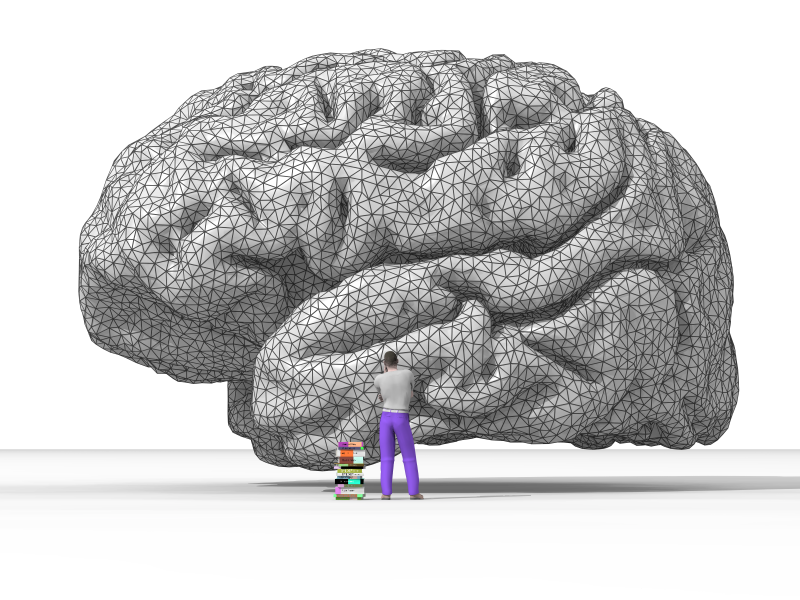CRISP-T: Bridging Text, Numbers, and AI for Smarter Qualitative Research
CRISP-T is a tool for researchers navigating the complexities of qualitative analysis on mixed data types. In fields like healthcare, education, and social sciences, qualitative data—interviews, open-ended surveys, field notes—often hold the richest insights. Yet, integrating this with structured numeric data has traditionally been cumbersome. CRISP-T addresses this gap by offering a unified framework that enables computational triangulation, allowing researchers to explore relationships between textual themes and quantitative outcomes with precision and flexibility.
Its relevance is especially pronounced in the age of AI-assisted research. With built-in support for large language models and agentic AI (through MCP), CRISP-T empowers users to go beyond manual coding and thematic analysis. For instance, researchers can use topic modelling to identify recurring themes in patient feedback, then correlate these with retention metrics or clinical outcomes using decision trees or regression analysis. This kind of integrated insight is invaluable for evidence-based decision-making and theory development.
Moreover, CRISP-T’s modular design and open-source ethos make it highly adaptable. Whether you’re a solo researcher, part of an interdisciplinary team, or integrating AI agents into your workflow, CRISP-T provides the scaffolding to build sharable, reproducible analyses. Its MCP server interface further extends its utility, enabling seamless integration with platforms like Claude Desktop or VSCode, and facilitating interactive exploration of data. In short, CRISP-T isn’t just a toolkit—it’s a bridge between qualitative depth and quantitative rigour, built for the future of data-centric theory building.
🧠 Why CRISP-T Matters
Qualitative research often involves messy, complex data—interview transcripts, open-ended survey responses, field notes, and more. But what if you could combine these with structured numeric data like demographics or survey scores, and analyze both in tandem?
CRISP-T enables this fusion, offering a computational triangulation approach that:
- Integrates text and numbers into unified corpus objects
- Applies NLP techniques like topic modelling and sentiment analysis
- Leverages ML algorithms such as decision trees and clustering
- Supports semantic search and metadata export for deeper insights
This toolkit is especially valuable in domains like healthcare, education, and social sciences, where research on mixed data types is common.
⚙️ What’s Inside the Toolkit?
CRISP-T is built in Python and offers four powerful command-line interfaces (CLIs):
| CLI Tool | Purpose |
| crisp | Main CLI for triangulation and analysis (topics, sentiment, regression) |
| crispt | Corpus manipulation (add/remove/query documents, relationships) |
| crispviz | Visualization (word clouds, topic charts, heatmaps) |
| crisp-mcp | MCP server for AI agent integration (Claude, VSCode, etc.) |
These tools allow researchers to ingest data from .txt, .pdf, or .csv files, define relationships between text and numbers, and validate findings through machine learning models.
📊 Real-World Use Case: Market Research
Imagine a company collecting:
- Customer feedback (text)
- Retention rates and sales data (numbers)
Using CRISP-T, analysts can:
- Extract recurring themes from feedback
- Link them to performance metrics
- Validate relationships using decision trees or regression
- Visualize findings with topic charts and word clouds
This kind of mixed-methods insight is invaluable for strategic decision-making.
🌐 Learn More and Get Involved
If you’re a researcher, educator, or data scientist looking to bridge qualitative depth with quantitative rigour, CRISP-T is your toolkit. Give it a ⭐️ on GitHub, try the demo, and join the movement toward smarter, AI-powered sense-making.





